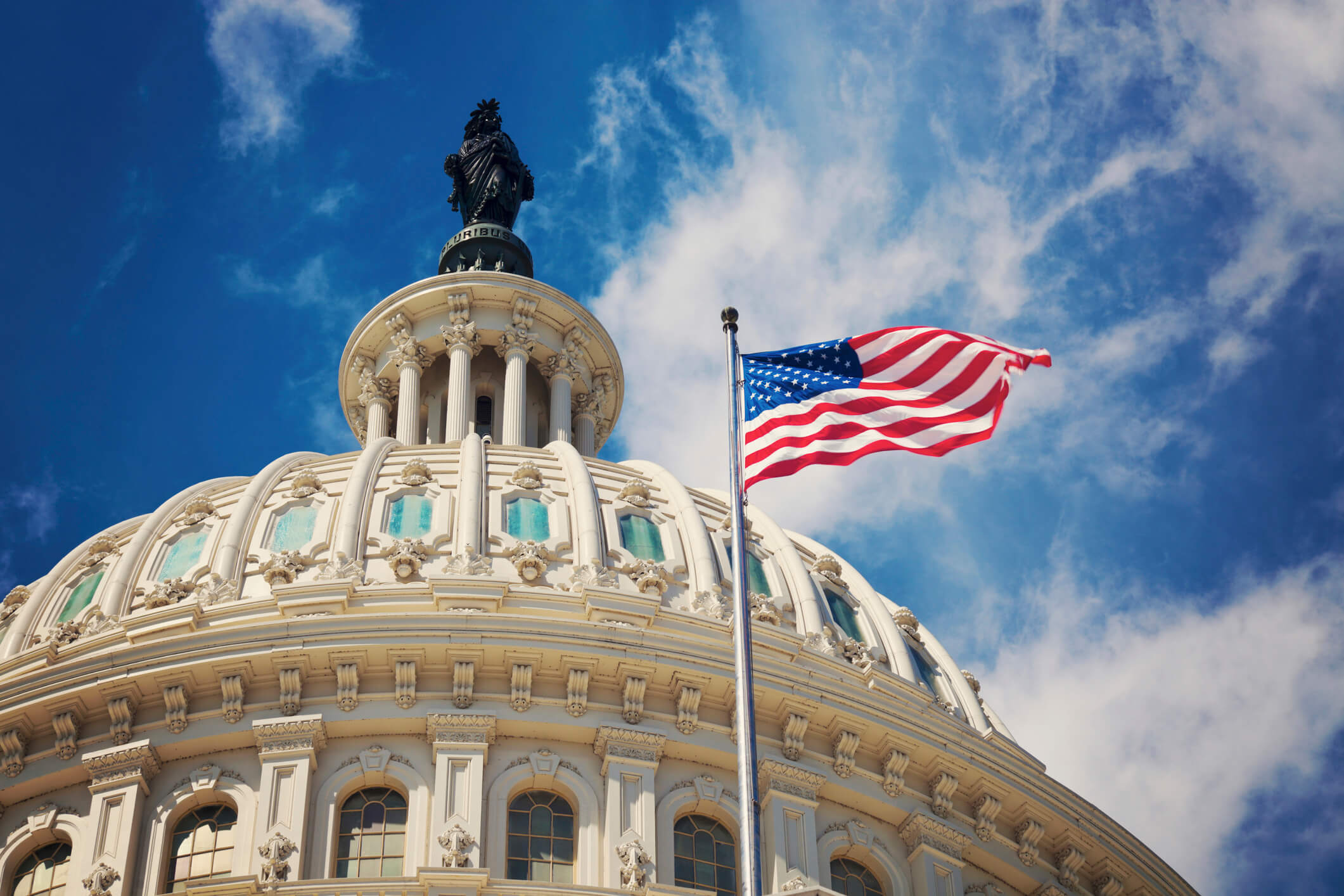On April 27, 2021, President Joe Biden signed a new executive order (EO) requiring federal contractors and subcontractors to pay a $15.00 minimum wage to the thousands of workers who are working on or in connection with federal contracts. The new EO, titled “Executive Order on Increasing the Minimum Wage for Federal Contractors,” requires contractors to implement the higher minimum wage requirements by early 2022.
The much-anticipated executive order comes just three months after President Biden issued Executive Order 14003, which set the foundation for this new EO by directing the director of the Office of Personnel Management (OPM) to provide a report to the president with recommendations to promote a $15.00 per hour minimum wage for federal employees.
Highlights of the April 27, 2021, EO include:
1. The new EO will affect a broad range of employers, including those with federal procurement contracts of at least $10,000.
The new EO applies to:
- procurement contracts for services or construction;
- contracts for services covered by the Service Contract Act;
- contracts for concessions; and
- contracts “entered into with the Federal government in connection with Federal property or lands and related to offering services for Federal employees, their dependents, or the general public”
if the employees’ wages are governed by the Fair Labor Standards Act, the Service Contract Act, or the Davis Bacon Act and the contract amounts exceed the micro-purchase threshhold, currently $10,000. The new EO does not apply to grants, contracts with Indian Tribes, or other contracts expressly excluded by implementing regulations that will be issued by the secretary of labor no later than November 24, 2021.
2. The EO increases the hourly minimum wage for federal contractors to $15.00 by January 2022.
- By January 30, 2022, all federal agencies must incorporate the $15.00 minimum wage into new contract solicitations.
- By March 31, 2022, all federal agencies must implement the $15.00 minimum wage into (1) new contracts and (2) existing contracts which are extended or renewed after the effective date.
3. The EO requires the minimum wage be indexed to an inflation measure.
- According to the EO, the minimum wage will increase “by the annual percentage increase in the Consumer Price Index for Urban Wage Earners and Clerical Workers (United States city average, all items, not seasonally adjusted), or its successor publication, as determined by the Bureau of Labor Statistics.”
- This means that, like the Obama administration’s EO, the $15.00 minimum wage will be automatically adjusted annually to reflect changes in the cost of living.
4. The EO eliminates the tipped minimum wage by 2024 for employees working on or in connection with federal contracts.
- Pursuant to 29 U.S.C. § 203(m)(2), employers of tipped employees may pay a subminimum wage as long as the employees’ tips bring their wages up to the minimum wage rate. EO 13658 previously raised the minimum wage for tipped employees, which is currently $7.65 per hour.
- The new EO raises the minimum wage for tipped employees to $10.50 per hour effective January 30, 2022, and this amount will remain in effect through December 31, 2022.
- As of January 1, 2023, however, the minimum wage for tipped employees will be 85 percent of the inflation-adjusted minimum wage required for non-tipped employees at that time. This means the minimum wage for these employees in January 2023 will be equal to or greater than $12.75 per hour, depending on the inflation adjustment.
- Beginning on January 1, 2024, the subminimum wage for tipped employees will disappear, and tipped employees must be paid the same minimum wage as other employees working on or in connection with federal contracts or subcontracts at that time.
5. The EO restores minimum wage protections to outfitters and guides operating on federal lands.
- President Trump’s Executive Order 13838 “Exemption From Executive Order 13658 for Recreational Services on Federal Lands” reasoned that minimum wage protections for outfitters and guides threatened to raise significantly the cost of guided hikes and tours on federal lands, which would, in turn, prevent many visitors from “enjoying the great beauty of America’s outdoors.” The new EO disregards that rationale in favor of minimum wage protections for this category of workers.
6. The EO ensures a $15 minimum wage for federal contract workers with disabilities.
- Under section 14(c) of the Fair Labor Standards Act, employers can obtain special permission from the U.S. Department of Labor to pay workers with disabilities less than the federal minimum wage. According to the White House’s Fact Sheet on the new EO, the new $15 minimum wage will extend to disabled employees working on or in connection with federal contracts and subcontracts.
Ogletree Deakins will continue to provide updates regarding this and other executive orders that are relevant to federal contractors and will post updates to the firm’s Affirmative Action/OFCCP, Government Contractors blog. Important information for employers is also available via the firm’s webinar and podcast programs.






